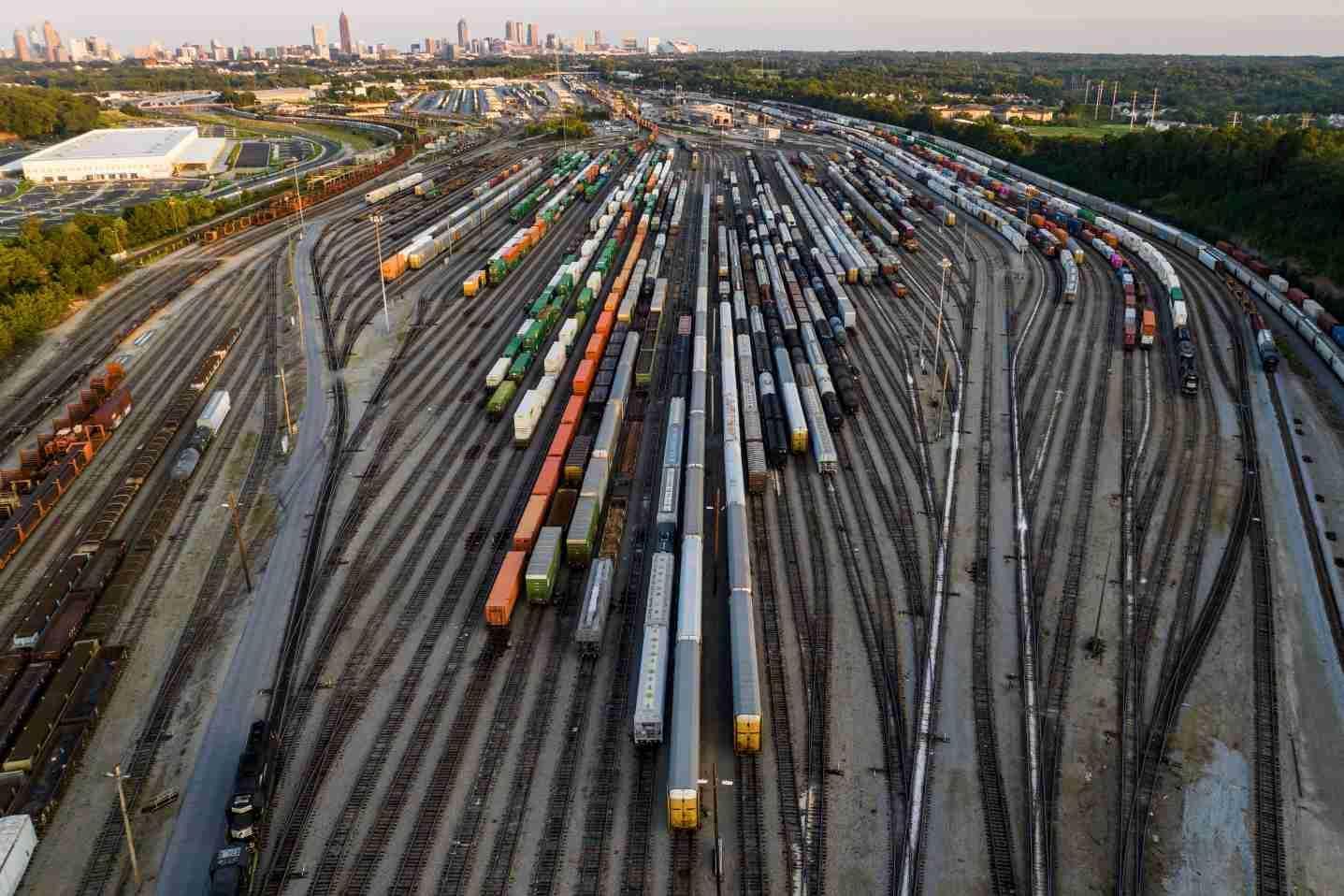Tentative deal averts threat of US rail strike
WASHINGTON

Rail companies and their workers reached a tentative agreement on Sept. 15 to avert a nationwide strike that could have shut down the nation’s freight trains and devastated the economy less than two months before the midterm elections.
President Joe Biden announced the deal, which emerged from a marathon 20-hour negotiating session at the Labor Department and came just one day before the threatened walkout.
“This agreement is validation of what I’ve always believed: Unions and management can work together for the benefit of everyone,” Biden said at the White House.
The deal, which includes a 24 percent pay raise, will go to union members for a vote after a cooling-off period of several weeks.
The threat of a shutdown carried political risks for Biden, a Democrat who believes unions built the middle class. But he also knew a rail strike could pose grave economic risks ahead of the midterms.
A strike would also have disrupted passenger traffic as well as freight, because Amtrak and many commuter railroads operate on tracks owned by the freight railroads. Amtrak canceled all of its long-distance trains ahead of the strike deadline and was working to restore full service.
The five-year deal, retroactive to 2020, also includes $5,000 in bonuses. The railroads agreed to ease their strict attendance policies to address union concerns about working conditions.
Railroad workers will now be able to take unpaid days off for doctor’s appointments without being penalized, and they won’t be penalized if they are hospitalized. Previously, workers would lose points under the attendance systems at BNSF and Union Pacific railways, and they could be disciplined if they lost all their points.
















